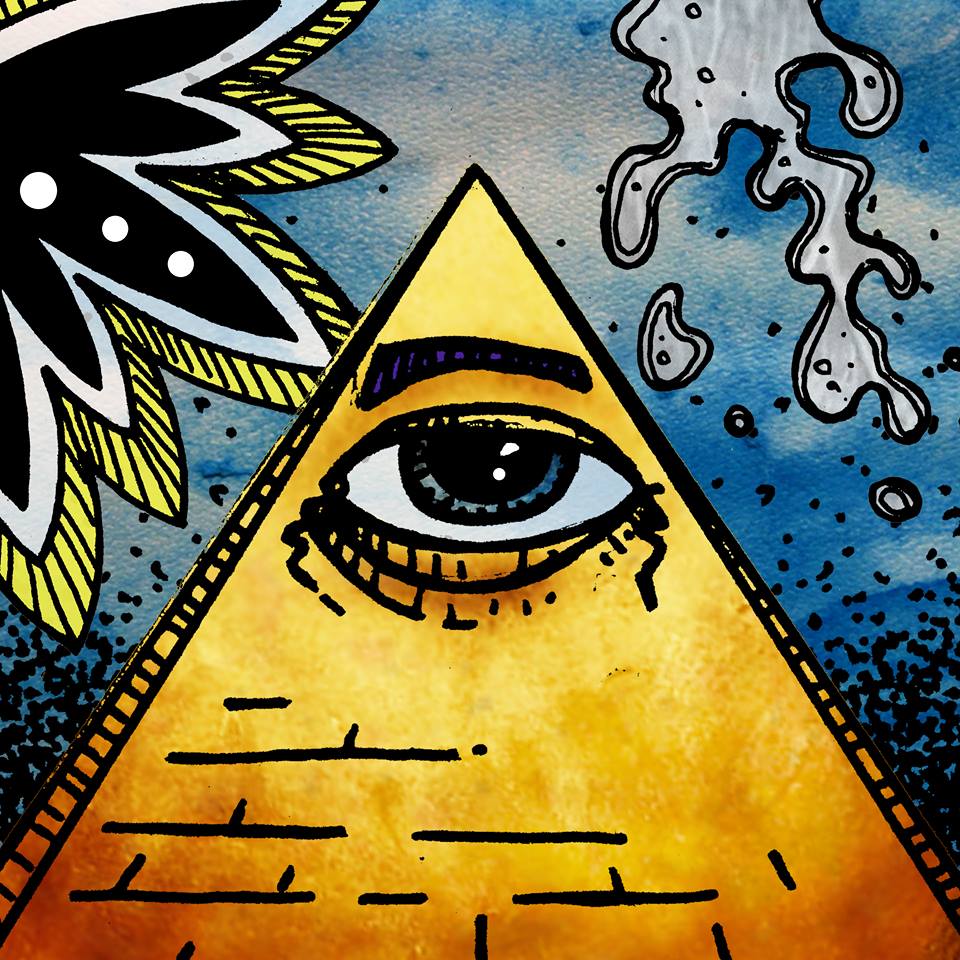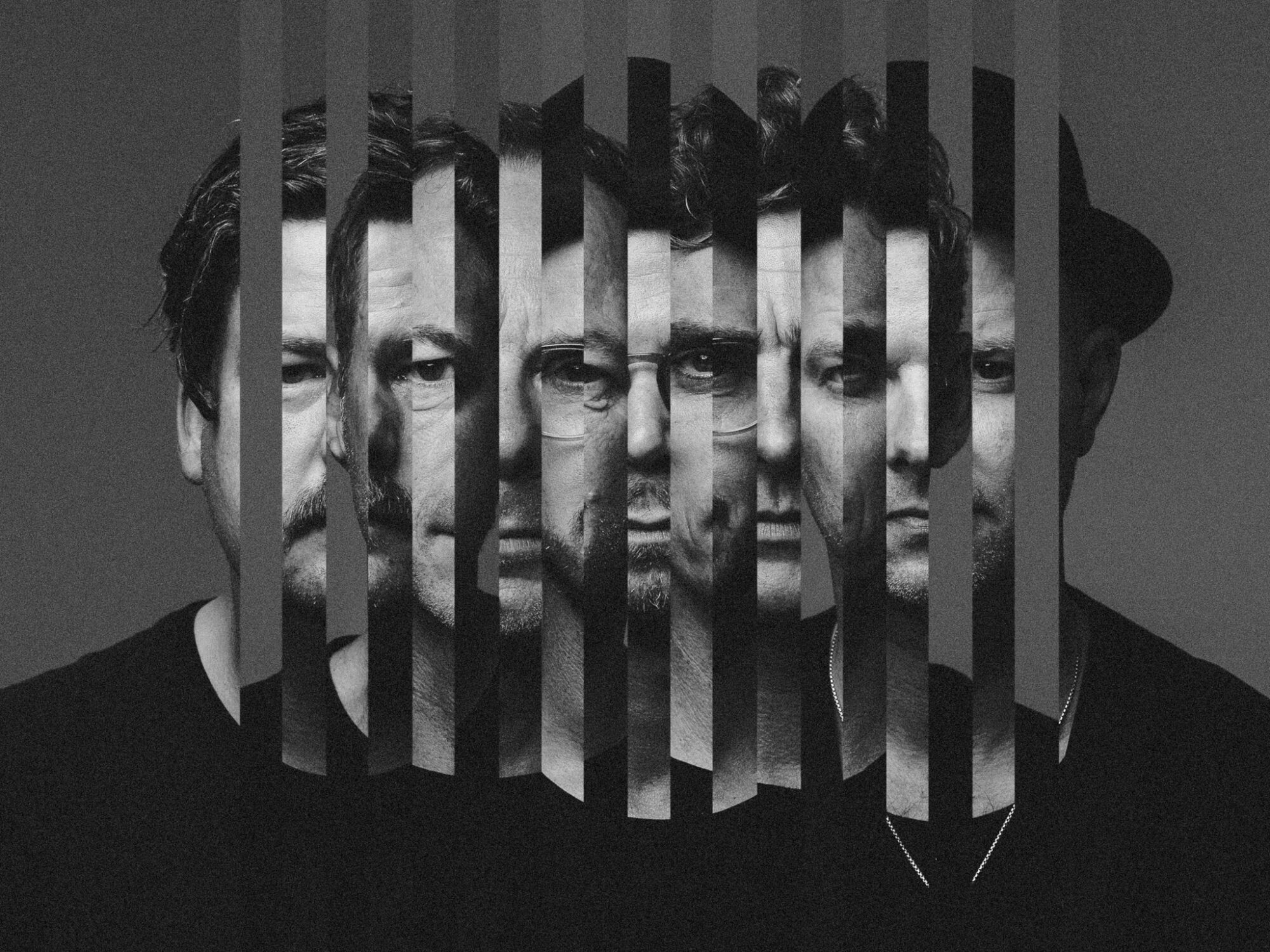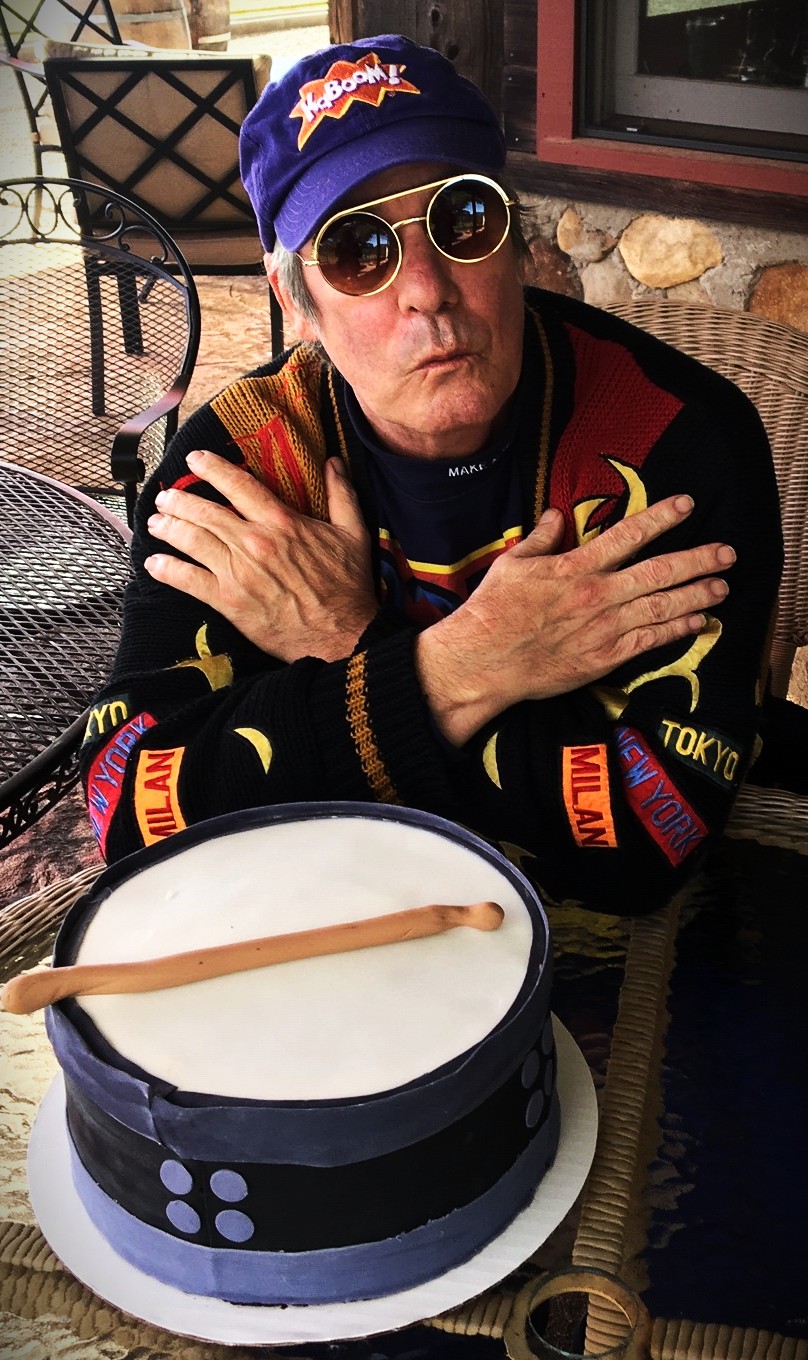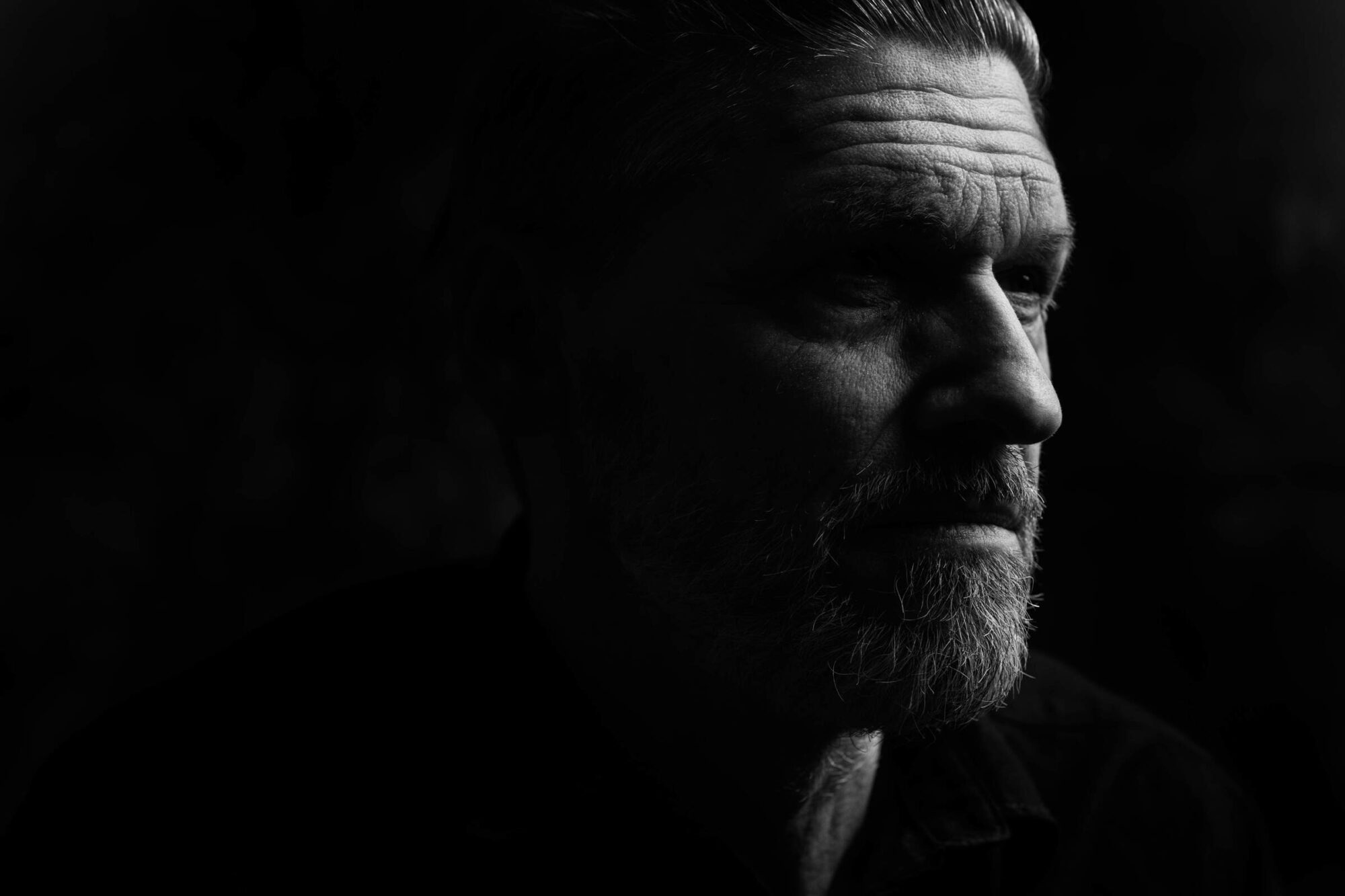Hippie Punk Fusion
If we take a glance at any ideology, we will see that it contains many factions that are sometimes in violent conflict over what the outside world would consider trivial matters. Within Christianity, for example, Catholics and Protestants argue over the dogma of original sin and the authority of the Pope. Within Islam, Sunnis and Shiites debate Muhammad’s legacy. Within Neoplatonism, nominalists and realists clash. Within communism… well, I think the point is clear. In any case, as in the butterfly effect, these “little things” often become the cause of bloody conflicts. Jonathan Swift recognized this tendency, mocking humanity through the Lilliputians, who fought over the seemingly trivial question of whether a boiled egg should be broken at the top or bottom.
The same disunity can be found within subcultures. Although rebellious youth are united in opposition to the world, members of one subculture often seem to despise members of another even more than the establishment itself. The violent conflicts between mods and rockers, vividly portrayed in the film Quadrophenia, are a perfect example.
After the hippie movement emerged, the differences between subcultures began to blur. Many former mods, rockers, and teddy boys grew their hair long and embraced colorful clothing—except for those who settled into provincial life or those who refused to compromise, resisting the winds of change. Some mods, angered by the new hippie ethos, chose to oppose it radically. Instead of long hair, they wore short; instead of peace, they promoted violence; instead of sandals and flared trousers, they donned tight pants and military boots. They became skinheads, like elves turned into evil gnomes in a fairy tale.
Even within the hippie movement, differences existed—Yippies, apolitical nature refugees, Christian hippies—but generally the movement retained core features of all previous subcultures: beatnik inclinations toward poetry and philosophizing, rocker wildness, mod cosmopolitanism in habits and fashion, and, boldly stated, a touch of the skinhead penchant for provocation.
By the mid-1970s, a new subculture arose in fierce opposition to the hippies: punk. Musically, punk existed long before the subculture formally coalesced, with roots tracing back to the earliest days of rock. Punk adopted features from earlier subcultures but focused on their darker aspects: riots, violence, provocation, and disdain for the past. Yet some politically minded punks shared ideals with the hippies—freedom, opposition to the establishment, resistance to capitalism, and the right to be different—even while emphasizing differences in image and behavior.
For this reason, some musicians noticed the potential synergy between the two movements. Bands began to merge punk’s energy with hippie lyrical expression, or to incorporate elements of progressive rock and psychedelia into punk, and vice versa. Some older hippie musicians recognized the appeal of this new scene and dove into it.
Before conventional punk bands emerged in the 1970s, several pre-punk acts had already laid the groundwork. The mighty Stooges, MC5, and the fearless, punkadelic Hawkwind combined furious music with provocative, sometimes politicized lyrics. Bands like Death from Detroit drew heavily from the Stooges and MC5, merging that sound with the justified anger of Black Americans.
In Japan, Gedo became a local festival attraction, their sound reminiscent of Death: fast riffs, short, ferocious solos that scream like martyrs. At the same time, 3-3 (Sanbun No San) performed in a similar vein, drawing more directly from Blue Cheer’s Vincebus Eruptum.
Germany contributed the song “Hero” (1974) by Neu, which is pure punk. In Yugoslavia, Buldožer gained notoriety for their provocations and twisted humor, inspired by Captain Beefheart and Frank Zappa, and had a significant influence on the local punk and new wave scene.
The first punk audiences in Yugoslavia were actually hippies. Before a formal punk subculture existed, hippies attended concerts of groups such as Pankrti, Termiti, and Paraf, interpreting the music as a new Western trend. At the same time, the hard rock group Atomsko Sklonište adopted punk aesthetics—long hair, torn clothes, anti-war lyrics—despite playing conventional rock. Sweden produced the prog-punk hybrid Ravjunk, severe, fast, angry, yet trippy enough to satisfy both audiences. British band Here & Now performed similarly; tracks like “This Time” and “What You See Is What You Are” allowed them to play in front of a Sex Pistols audience without fear.
Some older musicians embraced punk as well. Debbie Harry, formerly of the psychedelic band The Wind in the Willows, became a punk icon with Blondie. Stan Lee, guitarist of the psychedelic blues group Felt, joined the silly punk group Dickies, known for twisted covers of songs like “Paranoid” and “Nights in White Satin.” Strawbs and Hudson-Ford united to form an intriguing punk project called Monks (not to be confused with the American garage rock band). Geny Ravan, vocalist of Ten Wheel Drive, recorded the 1978 album Urban Desire, dominated by punk and new wave influences. Kenny Håkansson, a member of Baby Grandmothers, Mecki Mark Men, and Kebnekaise, spent time in the Swedish punk band Dag Vag. Nick Turner, of Hawkwind, formed the psychedelic punk group Inner City Unit in the late 1970s. And David Peel, the angriest of New York hippies, with his group Death (not to be confused with Detroit’s band), recorded King of Punk, a raw and vulgar work that outshone many young punk performers.
The psychedelic influence is also present in punk. The Sex Pistols’ “Submission” has a strikingly psychedelic sound, as does Buzzcocks’ Love Bites, particularly the unusual guitar solo in “Sixteen Again.” Later, the Ramones recorded Acid Eaters to pay tribute to the psychedelic and garage rock bands that influenced them. Even Bad Religion experimented with prog in their unusual project Into the Unknown.
Why argue over trivial matters such as hair length or the duration of guitar solos, while fighting the same world dominated by hypocrisy, war, and the thirst for power? So, hippies and punks of the world: unite!
Martin Okun




Since Superman’s punk merits are being discussed in 2025, I had been studying punk. I am curious what Punk actually is and if it can be fused with hippie music. I think I had some succeed generating Superman punk, but I want more